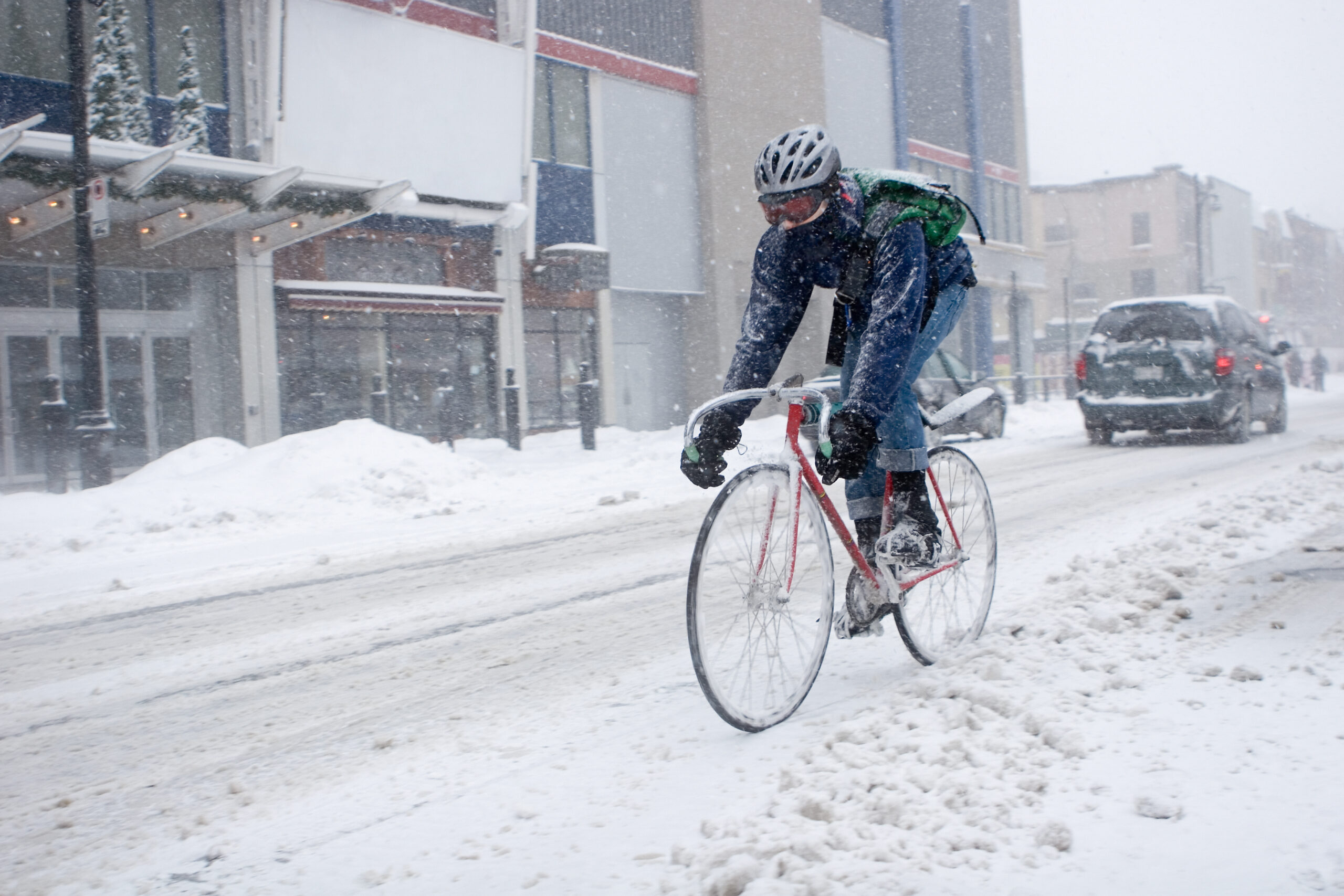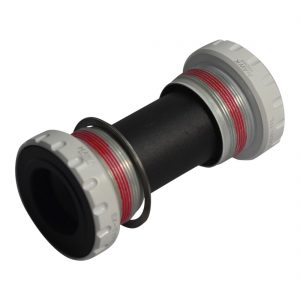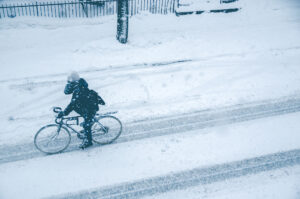Let’s face it. Most of us love riding in the warmer months. Some of us are blessed to live in climates where the weather is great year round. In places that are further north, however, it isn’t warm year round. It can get cold. The question is whether or not you will ride when it gets cold. For those of you who want to ride in the colder weather, here are some tips that can help:
Dress in Layers
Dressing properly is key to an enjoyable cold-weather ride. Aim for three main layers: a base layer to wick sweat away, a mid-layer to insulate, and an outer layer to protect against wind and water. Start with a moisture-wicking base layer made from synthetic or merino wool, as it helps keep sweat off your skin, which is crucial for maintaining warmth. Add a fleece or thermal cycling jersey for insulation, then top with a windproof, water-resistant jacket. Avoid overdressing, as too much bulk can cause overheating and restrict movement. Instead, add layers you can remove if you start to feel too warm.
Protect Your Body
In cold weather, hands, feet, and head are often the first to feel the chill. Wear insulated gloves that provide dexterity and warmth—lobster-style gloves are a great option, as they offer a good balance of warmth and control. For your feet, invest in thermal socks and, if needed, neoprene overshoes to keep your toes toasty. Consider a winter-specific cycling cap or balaclava that fits under your helmet to protect your head, ears, and neck from biting winds.
Adjust Tire Pressure
Cold temperatures reduce tire grip, so lowering your tire pressure slightly can improve traction on wet, frosty, or slightly icy roads. A slight reduction, typically around 10–15 psi lower than usual, allows more surface area to contact the ground, enhancing stability and control. For cyclists who ride regularly in snowy or icy conditions, consider switching to tires with more tread or even studded tires to improve grip.
Make Sure You’re Visible
Winter cycling often means shorter days and lower visibility, so make sure you’re seen. Equip your bike with front and rear lights, even during daylight, as overcast skies can make you less visible to drivers. Reflective elements on your clothing, bike, and gear are also crucial for enhancing visibility. Consider using a high-lumen front light and a flashing rear light, especially in urban areas or when riding in fog or low light.
Warm Up Properly
Muscles take longer to warm up in colder weather, so give your body time to adjust. Start your ride at a slower pace to gradually increase your body temperature and avoid injuries. Consider doing a brief warm-up indoors before heading out to loosen muscles and joints, especially if the temperature is near freezing.
Stay Hydrated and Fueled
Cold weather often suppresses the sensation of thirst, but staying hydrated is as essential in winter as it is in summer. Warm fluids in an insulated bottle can help keep you hydrated and add some warmth. Pack energy-dense snacks like nuts, dried fruit, or energy bars, as your body burns more calories in cold weather to maintain core temperature.
Plan Your Route
Cold weather can bring unexpected changes, so stick to routes you know well and avoid isolated or challenging paths. Check the weather forecast and be prepared to turn back if conditions worsen.
Cold weather cycling can be challenging, but for many, it’s better than not riding when it gets cold! These tips can help you have an enjoyable ride now matter what’s going on.
Share this post:


